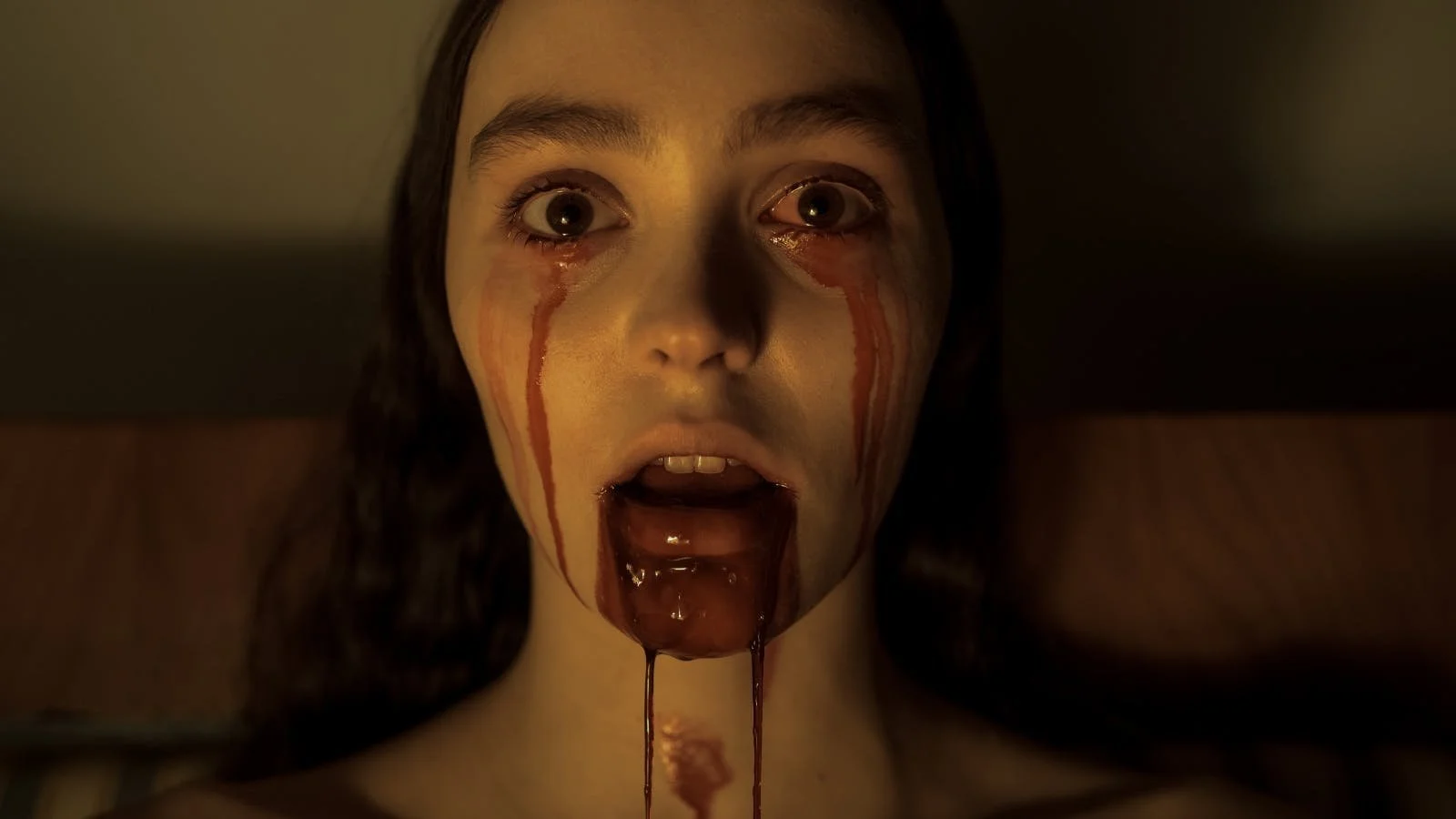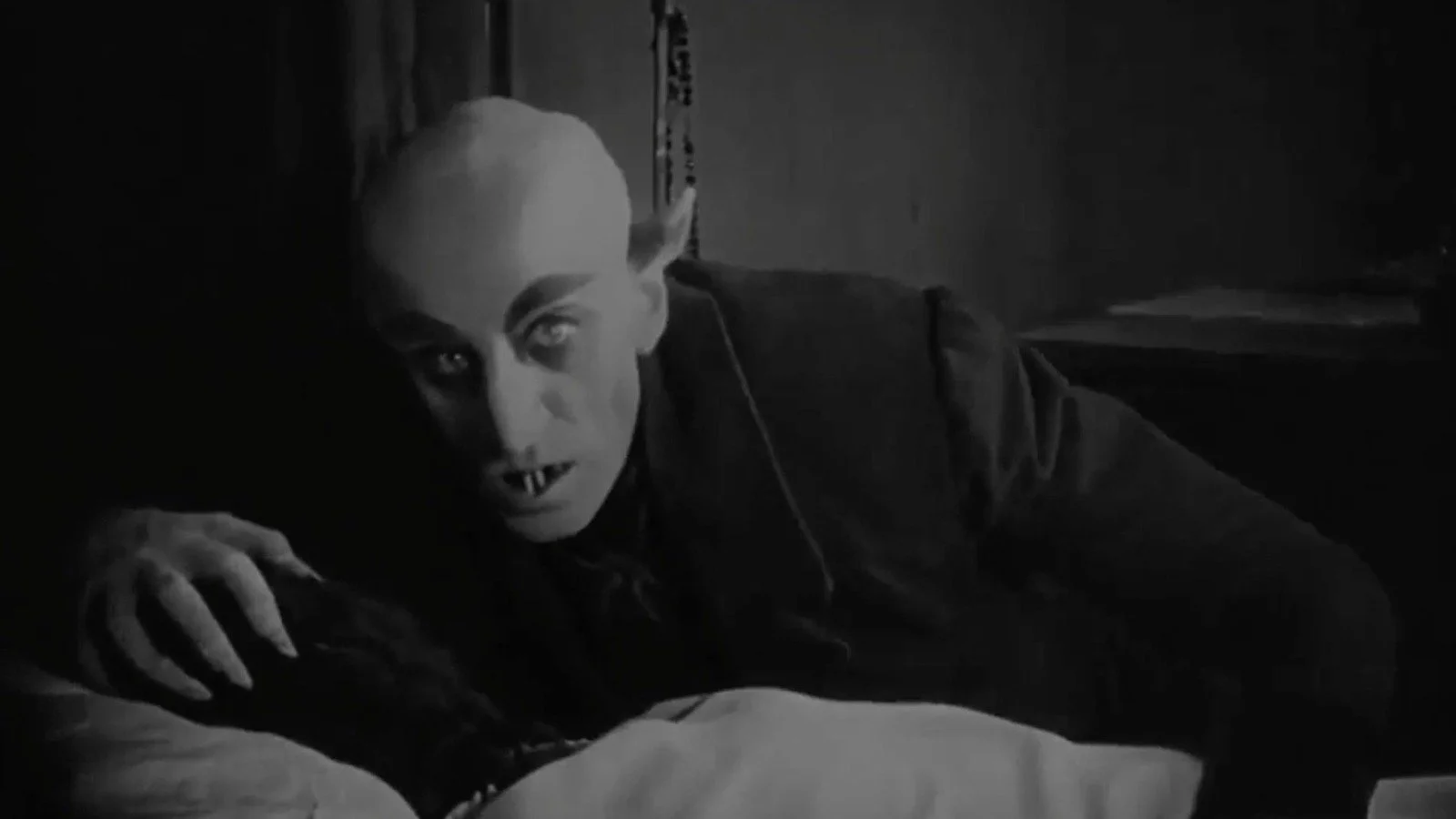In fact, Herzog seems to go out of his way to blur the lines between “hero” and “villain.” Ever the documentarian, Herzog spends a lot of time showing Dracula loading carriages with dirt and rats or running through the dark streets of Wismar carrying black coffins of plague over his shoulder. There is a physicality to this iteration of the prolific vampire that is absent from the others; he is literally struggling under the weight of his sins. But as he does so, the music swells in triumph. It’s almost as if we’re meant to see something almost human in him.
At the end of Murnau’s film, Orlok’s castle is destroyed as the so-called symphony of horror comes to an end. Ellen dies, but survives just long enough to bid her husband farewell. Eggers’s version ends in a similar fashion. Although no one makes it out unscathed, the nightmare is over. In Herzog’s, however, things shake out a little differently: Lucy succeeds in her scheme at the cost of her own life. Dracula succumbs to the sun, and is destroyed.
But what about poor, sickly Johnathan? As soon as Dracula is no more, the gray-skinned real estate agent seems to regain his strength. His two front teeth have grown as well, as have his fingernails. The final shot of the film is Johnathan riding across the beach he and his wife had loved so much, fading into the mist. In Herzog’s, the horror doesn’t end. Rather, it endures. Much like the character of Orlok himself, the vampire cannot be killed. Only, perhaps, reinvented.


